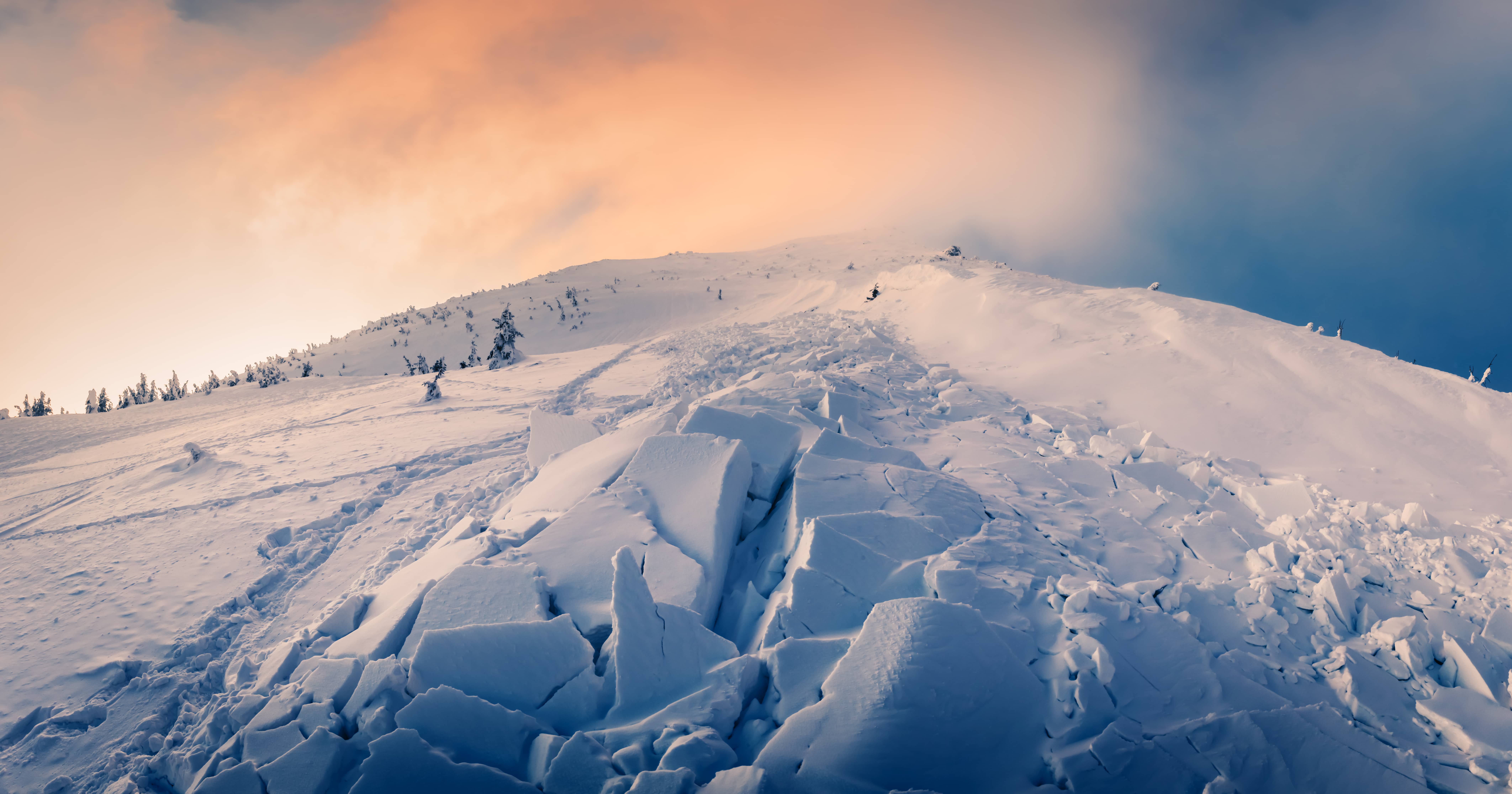
Press Release
Serious Avalanche Accidents are likely in the backcountry as we ring in the New Year 12-31-2021
Salt Lake City: Avalanche forecasters from the Utah Avalanche Center are very
concerned that serious avalanche accidents will occur in the backcountry even as we celebrate
the New Year. Storms in the last days of 2021 deposited a few feet of fresh powder on
mountain slopes, and hurricane-force winds drifted the snow into stout slabs deposited on
slopes plagued by a weak layer of sugary faceted snow near the ground.
Recently in the mountains of Utah, large, destructive, and unsurvivable avalanches, several feet
deep, have failed on this now deeply buried persistent weak layer. Several close calls occurred
in the backcountry, and some avalanches are releasing in a surprising fashion. Over the
Holidays, deadly and tragic avalanche accidents occurred in neighboring states. Including
Idaho, Colorado, Montana, and Washington. With a sunny weekend on tap, we anticipate an
uptick in backcountry activity and the potential for backcountry travelers to inadvertently trigger
one of these large, dangerous, and potentially unsurvivable avalanches. The consequences are
severe because avalanches are breaking to the ground, taking out the entire season’s
snowpack!
● Careful snowpack evaluation, cautious route-finding, and conservative decision-making
are essential for safe backcountry travel.
● Avalanches could be triggered remotely from a distance, from an adjacent slope, or even
from below.
● Avoid travel in avalanche terrain facing the north half of the compass. In addition, steer
clear of and stay out from under wind-drifted slopes steeper than 30 degrees.
Fortunately, you can find excellent riding and much safer conditions on lower-angled slopes,
and in sunny, sheltered terrain. Before heading into the backcountry check the avalanche
forecast at utahavalanchecenter.org
● Check that everyone in your group wears and knows how to use an avalanche
transceiver, shovel, and probe.
● Steer clear of steep, wind drifted terrain, especially mid and upper elevation slopes
facing the north half of the compass.
● Pay attention to changing conditions. Intense snowfall and drifting snow could cause the
avalanche danger to rapidly rise.
● Learn to recognize and avoid avalanche-prone terrain.
Please refer any media inquiries to the Utah Avalanche Center, Forecaster on duty at
801-524-5304
‘USDA is an equal opportunity provider and employer’
“Caring For The Land And Serving People”
